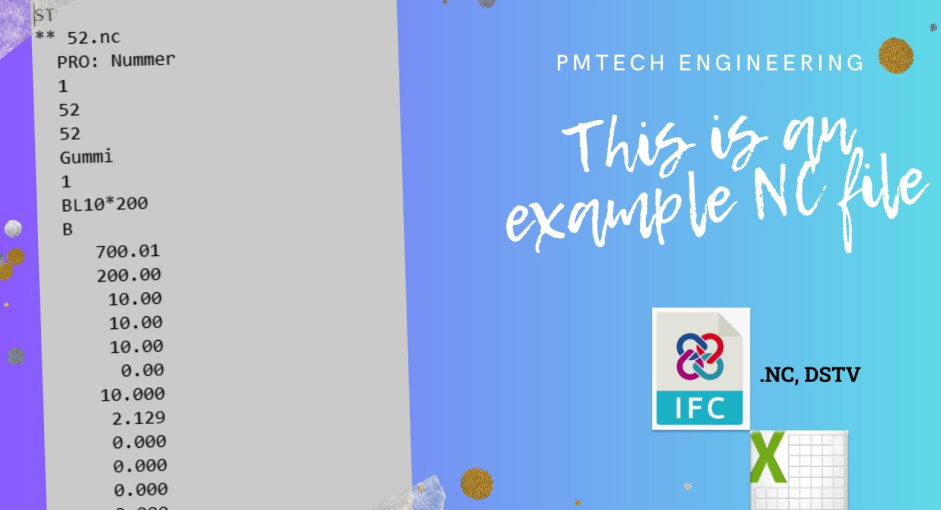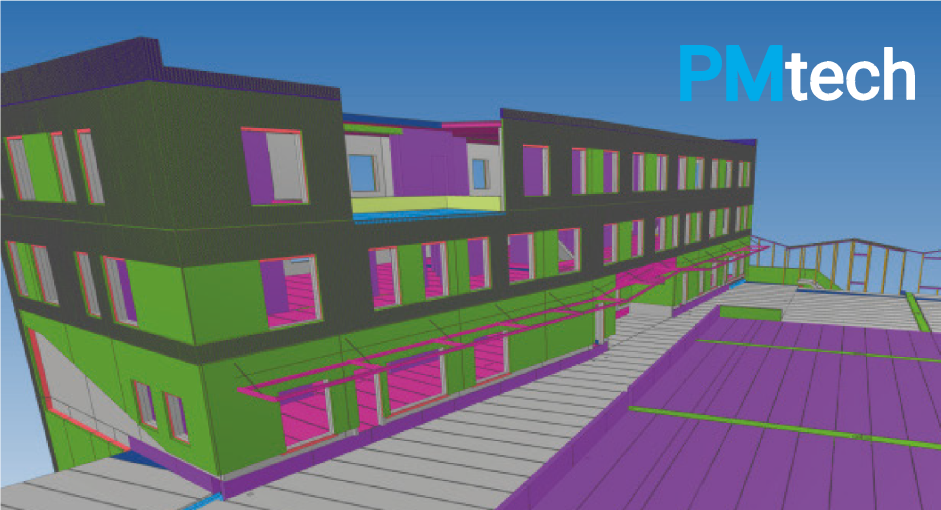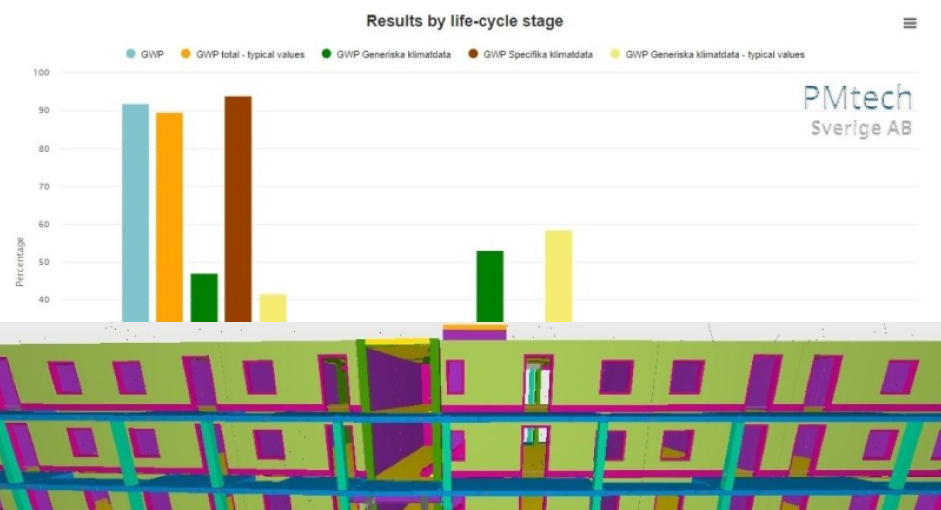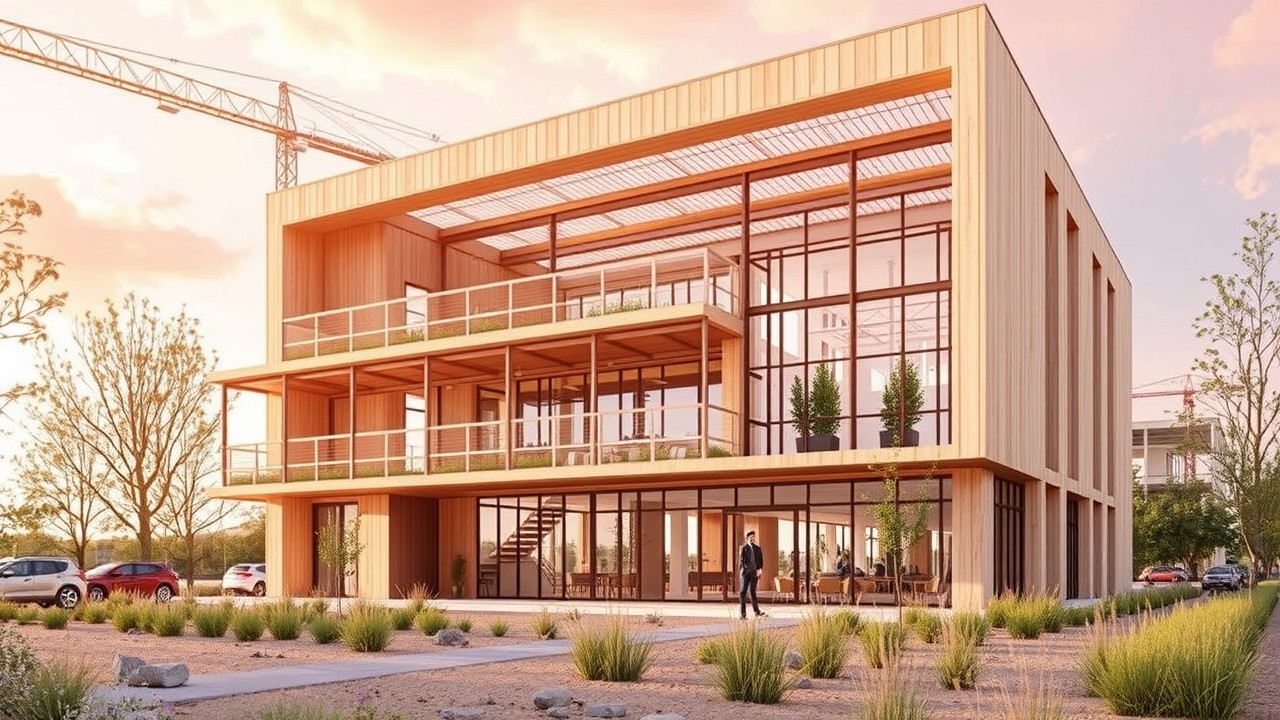Balancing Sustainability with Cost-Effectiveness in Modern Construction
Nov 18, 2024
Posted by Maria Begouleva
As an engineering professional at PMtech Engineering, we’ve seen firsthand the complex challenges designers face when balancing sustainable design and cost-effectiveness. Achieving this balance requires optimization across energy, environmental, economic, and social aspects.
By leveraging Building Information Modeling (BIM) and cutting-edge tools, PMtech Engineering helps clients navigate these complex challenges, delivering solutions that not only support environmental goals but also enhance economic viability.
Key Challenges and Solutions in Sustainable Construction Design
Efficient Use of Resources:
Challenge: Efficiently using materials, energy, and water while minimizing waste and carbon footprint.
Solution: Implementing BIM to model resource use and identify areas for improvement. BIM simulates water-saving technologies and energy-efficient systems before construction begins.
Selection of Sustainable Methods and Materials:
Challenge: Choosing sustainable methods and materials from an overwhelming range of options.
Solution: BIM’s multi-criteria approach evaluates materials based on their energy, environmental, and economic impact, helping to select options that are cost-effective and energy-efficient.
Identification of Optimal Design Alternatives:
Challenge: Finding cost and energy-efficient design alternatives.
Solution: Using BIM to simulate design scenarios, optimizing for both energy performance and costs to select the best possible alternative.
Specific Challenges in Renovation Projects
Accurate Data on Existing Building Conditions:
Challenge: Obtaining accurate data on the current state of buildings during renovation projects.
Solution: Using 3D laser scanners to generate precise point cloud data, which is integrated into BIM for accurate 3D models that include geometry and material details.
Converting 2D CAD Drawings into BIM Models:
Challenge: Transforming existing 2D CAD drawings into comprehensive 3D BIM models.
Solution: BIM software converts CAD drawings into unified 3D models with non-graphic material data, streamlining renovation efforts.
PMtech Engineering focuses on integrating BIM technology for both new construction and renovation projects, targeting architects, designers, and developers who prioritize sustainable design without compromising cost efficiency. Our niche is in providing tailored solutions using advanced modeling tools that optimize resources and balance environmental responsibility with financial feasibility.
Cause-Related Campaign Ideas
Green Building Awareness Initiative:
Partner with environmental organizations to promote the use of sustainable materials and methods in construction, supported by case studies that highlight successful resource-efficient projects.
Sustainable Renovation Workshop Series:
Offer a series of online and in-person workshops aimed at educating developers and architects on the benefits of using BIM for sustainable renovation, emphasizing cost-saving and energy efficiency.
Water Conservation Advocacy:
Launch a campaign promoting water-saving technologies in construction, backed by real-world examples of BIM simulations that optimize water use in urban developments.
- “Sustainability doesn’t have to break the bank—BIM makes it possible.”
- “From energy-efficient designs to eco-friendly materials, we’ve got you covered.”
- “Renovating with BIM: Smarter solutions for a greener future.”
FAQs
What is BIM, and why is it crucial for sustainable design?
BIM (Building Information Modeling) is a digital tool that allows us to simulate and optimize resource use, energy performance, and cost implications in both new and existing buildings.
How does PMtech Engineering ensure cost-effectiveness in sustainable design?
By leveraging BIM to model various scenarios and design options, we balance sustainability with budgetary constraints, delivering cost-effective solutions that don’t compromise on environmental goals.
What types of projects benefit most from BIM integration?
Both new construction and renovation projects benefit from BIM, especially those focused on optimizing energy efficiency, resource management, and sustainable materials selection.
End of Life – Demolition or Renovation:
Resource Efficiency: Planning for the building’s end of life to ensure materials can be reused or recycled.
Example: Creating a detailed BIM model that includes information on material composition to facilitate efficient demolition and recycling.

Maria Begouleva
Director of Engineering (CTO), PMtech Group

PMtech Engineering can generate CNC data to control automated machinery for fabrication directly
June 23, 2023
CNC (Computer Numerical Control) is a method of automated equipment control used in manufacturing, including milling machines, lathes, laser cutters, and other types of machines.

PMtech Engineering’s scope of work with digital building design
June 21, 2023
Generate output lists by providing intelligent attributes along with 3D information.
Generate quantity lists and bills of materials for all elements.Determine space states.

CO2-optimization of reinforced concrete frames
June 6, 2023
In our projects we are strongly committed to the values of sustainable development and environmental policy in all our projects. From early stage consultations to CO2 optimization.

